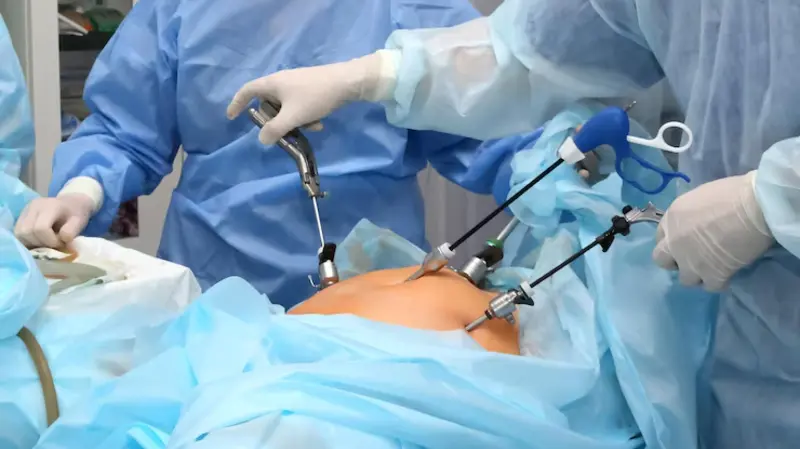Introduction
Transurethral Resection of the Prostate (TURP) is a surgical procedure that is performed for the treatment of prostate gland. It is a surgical procedure by which the doctor removes the part of prostate gland by surgery. It is used in the case of enlarged prostate. In this article we are going to discuss everything about TRUP Surgery, why it is done, what is the precautionary measure that should be taken after the surgery, how to speedup your recovery after surgery, things to avoid and understanding the expectancy after the TRUP surgery. Post surgery care is very much important for wellbeing of a person. We will discuss how to live a healthy life after having a TRUP surgery.
What is TURP Surgery
Transurethral Resection of the Prostate (TURP) is a form of surgery that is basically done for the treatment of prostate glands. It will be done to treat various medical conditions like increased prostate gland etc. It is one of the options and is by far most common option for the treatment of benign prostate gland. This is used for the relieve of prostate symptoms and benign (Usually non-cancerous) prostate disease. Using this procedure doctor removes the enlarged part of your prostate that will ease in the symptoms of benign prostate.
Life Expectancy Considerations After TURP
It is low risked and majorly used procedure that has less chances of complications and increased life expectancy. Still there are some conditions that will affect life expectancy. Age and overall health of the patient plays and important role in the recovery phase after TRUP surgery. If a patient has or have diabetes or heart disease then these both are alarming conditions. This happens in rare cases but still there are chances of complications during the surgery. These are some factors that will affect the life expectancy of the patient, while there will be visible changes in the patient after this surgery. We can compare the life expectancy of the patient before and after surgery and life expectancy of the patient is always high after TURP surgery. He will have no symptoms of that prostate disease anymore.
Recovery and Long-Term Health After TURP
Attention to patient daily routine. After surgery there will be many changes that usually occurs in your daily routine. You have to track your health daily have to maintain a healthy diet. Have to do exercise regularly. These are some key points that will helps you a lot while recovering after the surgery. Surgery brings short herm and also long-term effects on your body. For short term effects we can give an example of post-surgery pain. While long term effect includes lifestyle changes to improve overall health. You have to maintain a proper nutritious diet and exercise on regular basis and more importantly if you have any underlying health condition then you must have to manage and track that.
Risks and Complications That May Affect Life Expectancy
Common complications that usually occurs after getting TRUP surgery are urinary incontinence, infection and erectile dysfunction. These are the common complications but these are not going to affect your life expectancy. They will also vanish with the passage of time and by maintaining a healthy diet and lifestyle. Alternate to this there are some rare conditions but have serious risks. These includes TUR disease or blood clots. To prevent yourself from any complications, follow up care and monitoring by the doctor plays an important role. Get yourself regularly checked time to time and if notice any pain or changes in the prostate immediately consult the doctor.
Conclusion
TURP surgery is widely used procedure with great effectiveness. It is not at all a life-threatening procedure. It is very safe and effective procedure that is commonly used for the enlarged prostate glands. Still, you must follow your Medicare specialist advice because every person is different. So your doctor will advice proper treatment after analyzing your condition because the treatment varies from person to person. Visit my site for more details.
